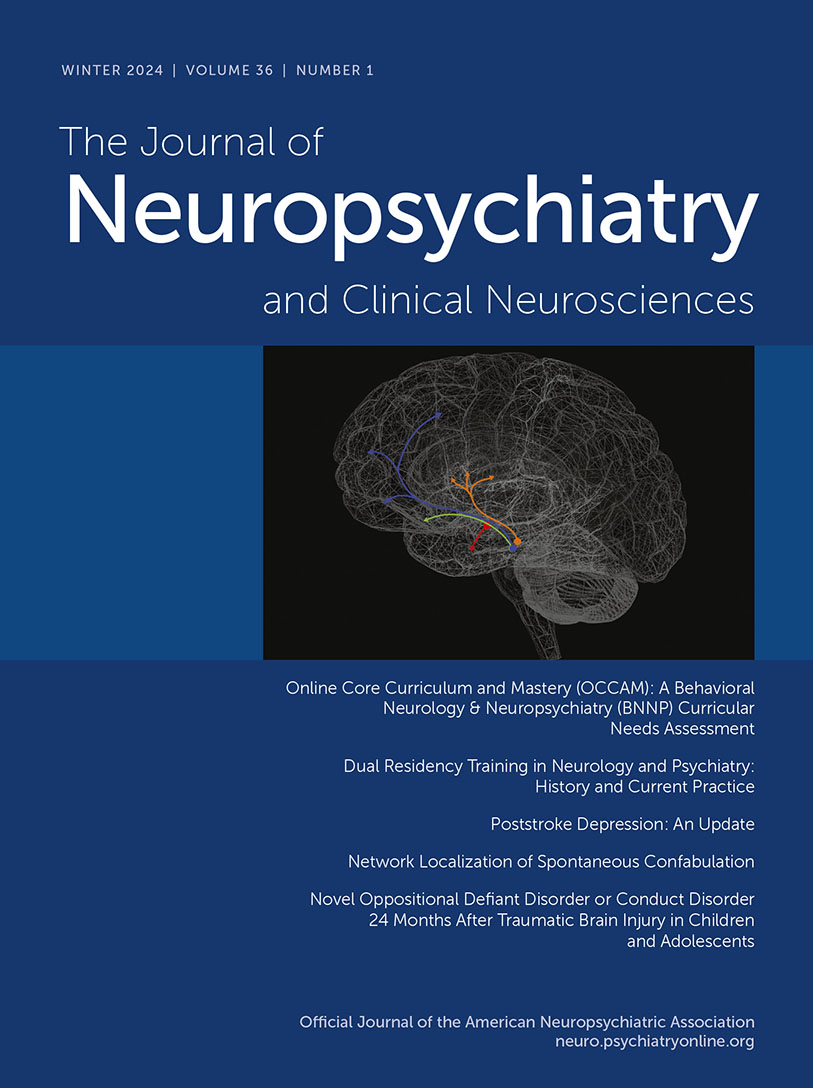Practical Application of a Battery of Brief Tools to Evaluate Geriatric Medical Inpatients for the Three Ds
Abstract
Objective:
The investigators aimed to identify the clinical characteristics of patients with or without delirium and preexisting depression, dementia, both, or neither by using validated tools easily administered in clinical practice.
Methods:
In this cross-sectional prospective observational study conducted in Medellín, Colombia, 200 geriatric inpatients were evaluated with the Delirium Diagnostic Tool–Provisional (DDT-Pro), Informant Questionnaire on Cognitive Decline in the Elderly, Hachinski Ischemic Scale, Cornell Scale for Depression in Dementia, and Charlson Comorbidity Index–short form. Delirium motor subtype, mortality, and length of hospital stay were assessed.
Results:
The study included 134 patients without delirium (67%), 14 with delirium only (7%), 16 with delirium and dementia (8%), 13 with delirium and depression (7%), and 23 with delirium, dementia, and depression (the three Ds) (12%). Prevalence rates of dementia (59%) and depression (55%) among 66 patients with delirium were higher than prevalence rates among patients without delirium (13% and 28%, respectively), suggesting that both conditions are risk factors. Main medical diagnoses, mortality, and dementia type did not differ among groups. Motor subtypes were similar among delirium groups. Patients in the delirium groups, except those in the delirium and depression group, were older than patients without delirium. Medical burden was highest among the patients with delirium and dementia and those with all three conditions. Delirium and dementia were more severe when comorbid with each other. Depression was most severe among patients with delirium and depression. Patients with all three conditions had a longer length of hospital stay than those without delirium.
Conclusions:
Using brief tools to detect dementia and depression in conjunction with the DDT-Pro to assess delirium diagnosis and severity is feasible and enables a more in-depth evaluation of elderly hospitalized patients. Because previous longitudinal research suggests that these comorbid conditions influence prognosis following a delirium episode, better identification of the three Ds offers proactive interventional opportunities. Depression is an underrecognized risk factor for delirium.
Access content
To read the fulltext, please use one of the options below to sign in or purchase access.- Personal login
- Institutional Login
- Sign in via OpenAthens
- Register for access
-
Please login/register if you wish to pair your device and check access availability.
Not a subscriber?
PsychiatryOnline subscription options offer access to the DSM-5 library, books, journals, CME, and patient resources. This all-in-one virtual library provides psychiatrists and mental health professionals with key resources for diagnosis, treatment, research, and professional development.
Need more help? PsychiatryOnline Customer Service may be reached by emailing [email protected] or by calling 800-368-5777 (in the U.S.) or 703-907-7322 (outside the U.S.).



